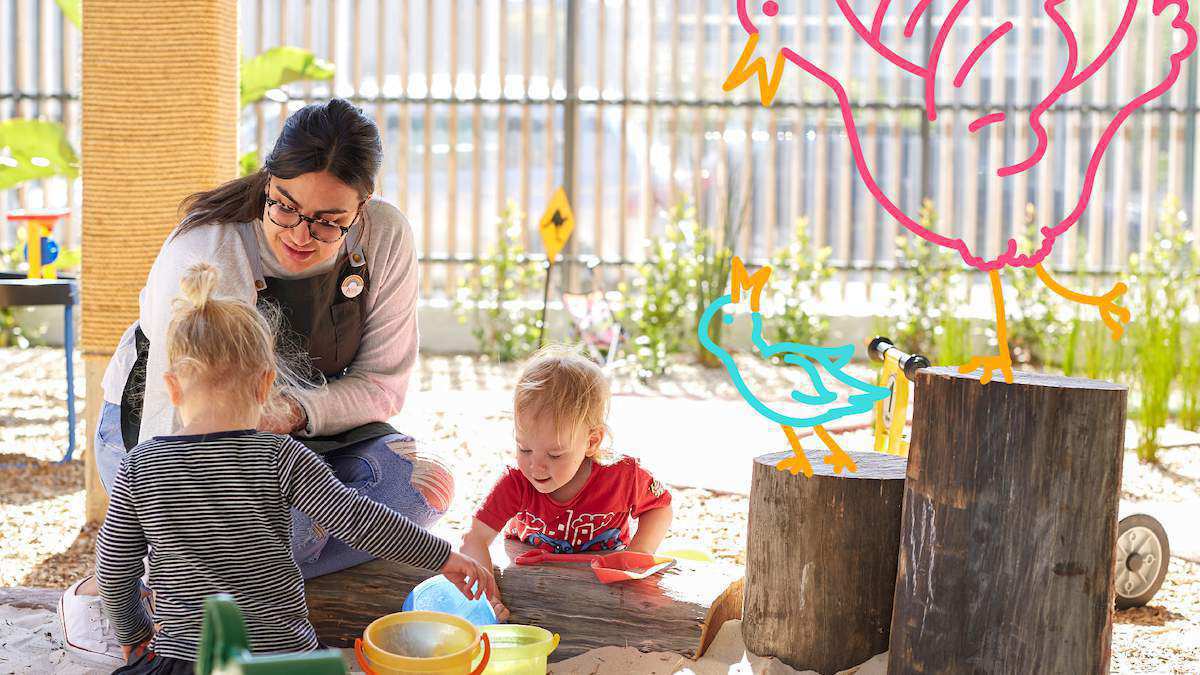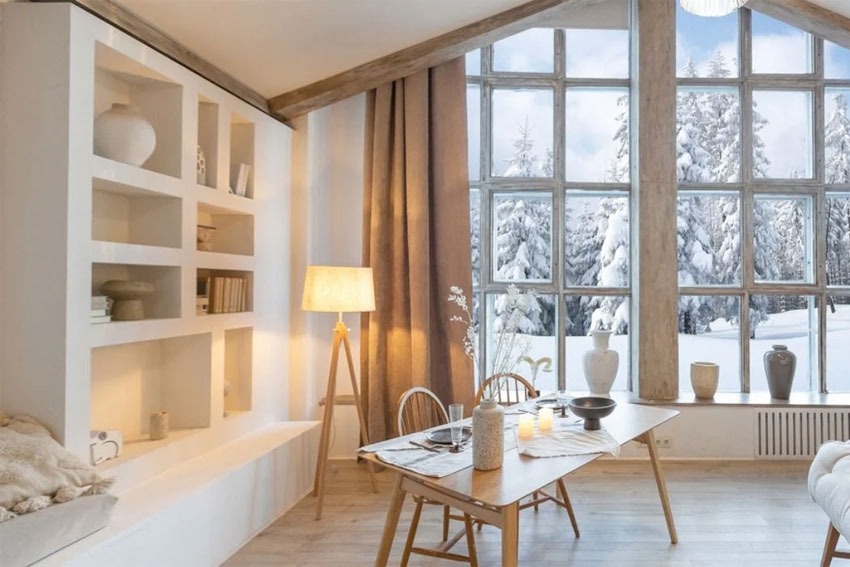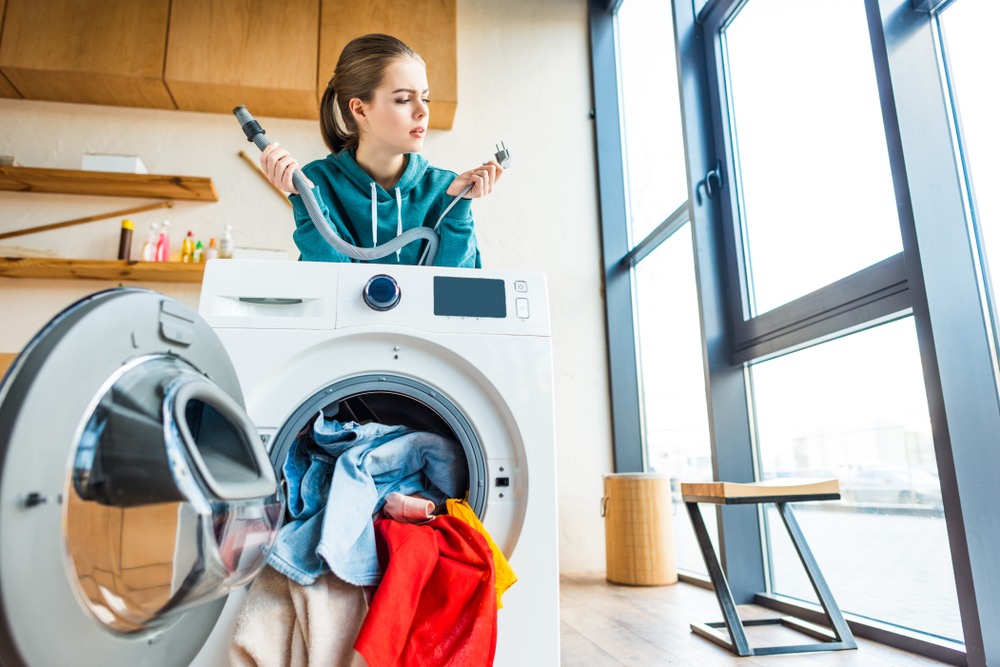As your little one begins to explore the world around them, it’s crucial to ensure that your home is a safe and secure environment. Childproofing your home is an essential step in protecting your toddler from potential hazards and accidents. Here, we’ll discuss expert tips for creating a safe home environment for your toddler.
Assessing Potential Hazards
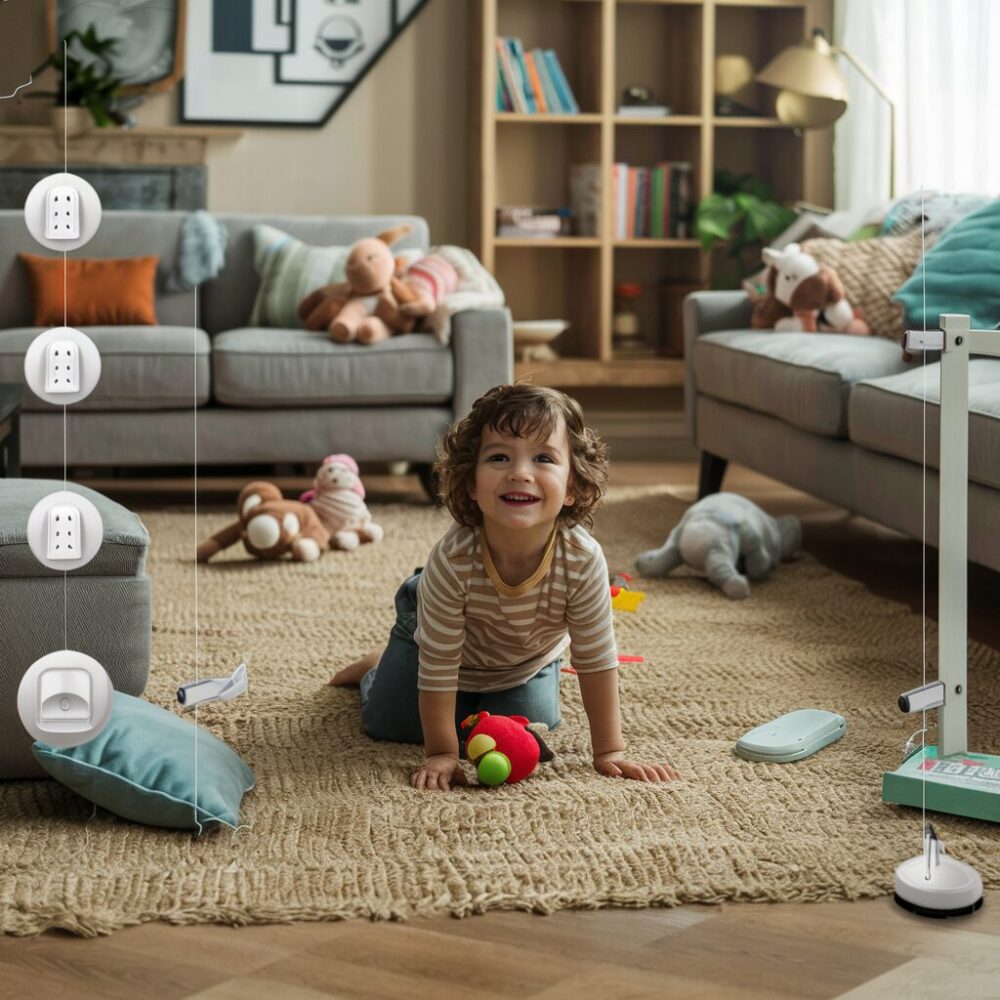
Before childproofing your home, it’s essential to identify potential hazards that could pose a risk to your toddler’s safety. Some common hazards to look out for include:
- Sharp Objects: Remove any sharp or potentially harmful objects from your toddler’s reach, such as knives, scissors, and glassware.
- Electrical Outlets: Cover electrical outlets with safety plugs or outlet covers to prevent your toddler from inserting objects into them.
- Stairs: Install safety gates at the top and bottom of stairs to prevent falls.
- Choking Hazards: Keep small objects, such as coins, buttons, and toys with small parts, out of reach to prevent choking.
- Chemicals and Cleaning Products: Store household chemicals and cleaning products in locked cabinets or high shelves to prevent accidental ingestion.
Securing Furniture and Appliances
Toddlers are naturally curious and may try to climb or pull on furniture and appliances, which can pose a tipping hazard. To prevent accidents, follow these tips:
- Anchor Furniture: Secure heavy furniture, such as bookcases, dressers, and entertainment centers, to the wall using furniture straps or anchors.
- Secure Appliances: Use appliance locks or straps to secure large appliances, such as televisions and microwaves, to prevent them from tipping over.
Creating a Safe Kitchen Environment
The kitchen is often the heart of the home but also a place filled with potential dangers for toddlers. To create a safe kitchen environment, consider the following steps:
Lock Cabinets and Drawers: Install safety locks on cabinets and drawers to prevent access to sharp objects, small appliances, and hazardous substances.
Stove Knob Covers: Use stove knob covers to prevent your toddler from turning on the burners. Additionally, always use the back burners when cooking and turn pot handles inward to avoid accidental spills.
Refrigerator Locks: Consider installing refrigerator locks to prevent toddlers from accessing food and substances that could pose choking hazards or toxicity.
Safe Bathroom Practices
Bathrooms can be particularly hazardous for toddlers, with risks ranging from drowning to poisoning. Implement these safety measures to protect your toddler:
Toilet Locks: Install toilet locks to prevent drowning risks. A toddler can drown in just an inch of water, making the toilet a significant danger.
Non-Slip Mats: Place non-slip mats inside the tub and on the bathroom floor to prevent falls.
Medicine Cabinet Safety: Ensure that all medications, razors, and hazardous toiletries are stored in locked cabinets or out of reach.
Childproofing Doors and Windows
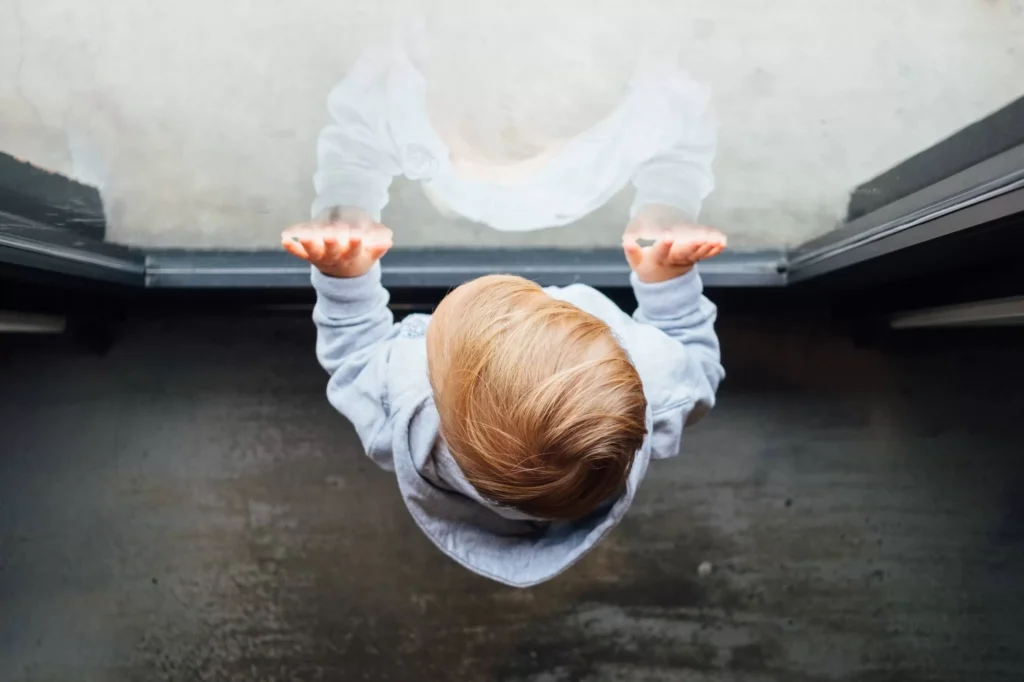
Doors and windows can present potential safety hazards for toddlers. Here’s how to childproof them:
- Door Knob Covers: Install door knob covers to prevent your toddler from opening doors to rooms that are off-limits or potentially hazardous.
- Window Guards: Install window guards or window stops to prevent your toddler from falling out of open windows.
Fire Safety Measures
Fire safety is an essential aspect of childproofing your home. Adopt these strategies to enhance fire safety:
Smoke Detectors: Install smoke detectors in every room and test them monthly to ensure they’re working properly.
Fire Extinguishers: Keep fire extinguishers in key areas, particularly the kitchen, and ensure all adults know how to use them.
Fire Escape Plan: Create and practice a fire escape plan with your family, making sure to include a safe meeting place outside your home.
Pet Safety
If you have pets, it’s important to teach your toddler to be gentle with them and supervise all interactions. Additionally, consider the following:
Pet Supplies: Keep pet foods, litter boxes, and toys out of reach to prevent choking hazards and maintain hygiene.
Secure Pet Enclosures: Ensure that any pet enclosures, such as cages or tanks, are securely fastened and out of reach from curious toddlers.
Outdoor Safety
Creating a safe outdoor environment is crucial for toddlers who love to explore. Keep your toddler safe outside with these tips:
Fenced Play Areas: Ensure that play areas are fenced and secure. Check the ground for hazardous objects like sharp stones or toxic plants.
Pool Safety: If you have a pool, install a fence with a self-latching gate around it and never leave your toddler unsupervised near water.
Sun Protection: Apply child-safe sunscreen and provide a hat for your toddler when playing outside to protect them from harmful UV rays.
Engaging in Safe Play
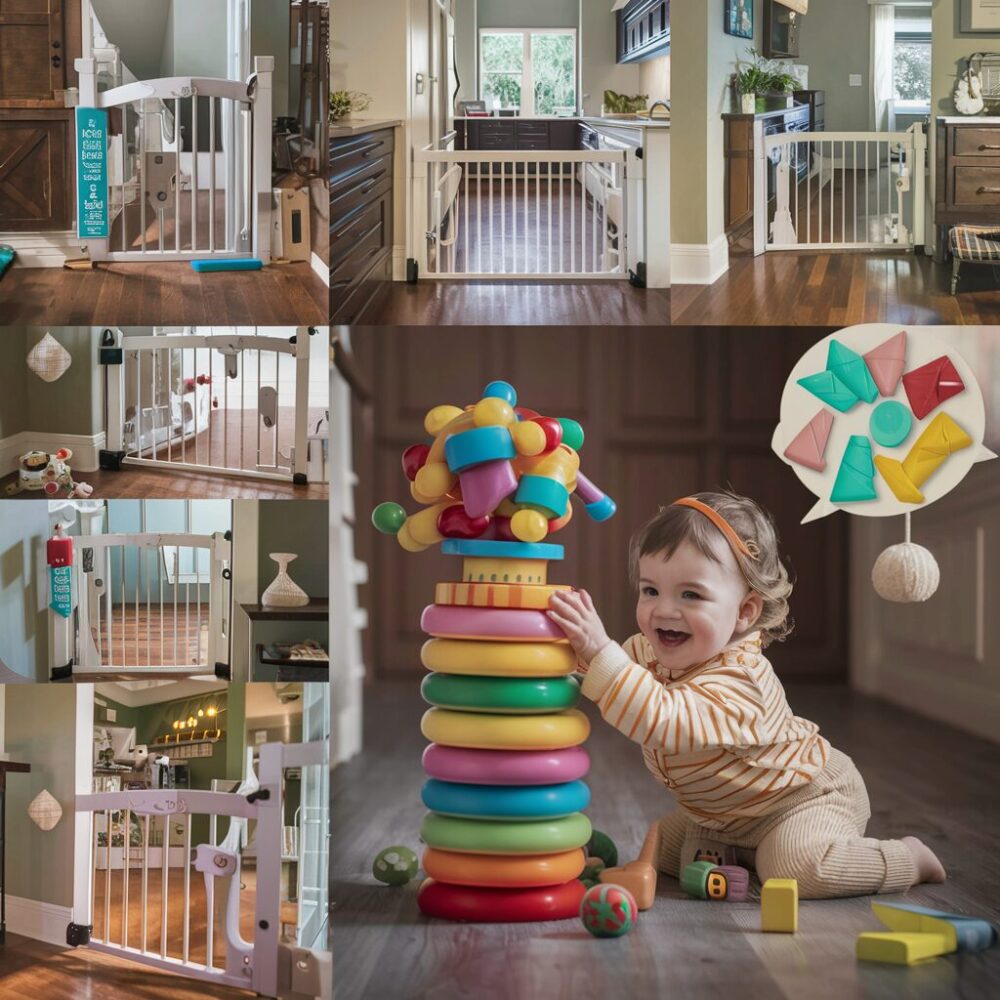
While ensuring physical safety is vital, promoting safe play is equally important for your toddler’s development. Here’s how you can support safe play:
Age-Appropriate Toys: Choose toys that are appropriate for your toddler’s age and developmental stage to prevent choking hazards and ensure they are engaging in developmentally suitable play.
Supervised Play: Always supervise your toddler during playtime, especially when they are using new toys or exploring new environments.
Teaching Boundaries: Teach your toddler about safe boundaries, such as not touching hot surfaces or staying away from the street, to instill a sense of caution while exploring.
Seeking Professional Guidance
If you’re unsure about how to properly childproof your home or have specific concerns about your toddler’s safety, consulting with a pediatrician can provide valuable guidance and support. A pediatrician can offer personalized recommendations tailored to your child’s age and developmental stage. For families in the Scranton, PA area, pediatrician scranton pa can provide expert advice on childproofing your home and ensuring your toddler’s safety.
Conclusion
Creating a safe home environment for your toddler is essential for their well-being and development. By identifying potential hazards, securing furniture and appliances, and childproofing doors and windows, you can help prevent accidents and injuries in the home. Remember to seek professional guidance if you have any concerns about your child’s safety or need assistance with childproofing. With proper precautions in place, you can enjoy peace of mind knowing that your toddler is safe and secure in their home environment.

